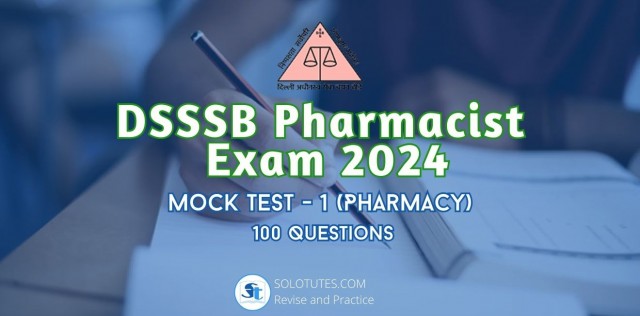Based on the utility for different pharmaceutical doses forms, containers are divided as following.
1. Well closed Containers
⏺️Protects the content from loss due to transportation, handling, sale and Storage.
2. Air-tight containers
⏺️Also called hermetic containers.
⏺️ These have air-tight sealings or closings to avoid air contact.
⏺️ Protect the product from dust, moisture and air.
Air-tight sealed containers are used for injectables. Air-tight closed containers are used for other products i.e thyroxine tablets.3. Tightly-closed containers:
⏺️These containers are capable of being tightly re-closed after use i.e. gas cylinder, which is a metallic tightly-closed container and holds gas under pressure.
⏺️ Protects the contents from contamination by liquids, solids or vapours, from loss or deterioration of the material from effervescence, deliquescence, or evaporation under normal condition of handling, storage and distribution.
4. Single dose containers:
⏺️Single dose containers are generally used to hold parenteral products (injectables) i.e. ampoules and vials.
⏺️single dose containers are used to supply only one dose of medicaments.
Single dose containers ampoules and vials
⏺️Hold more than one dose and allow withdrawal of dose at various intervals without changing the strength, quality, and purity of the remaining portion.
⏺️ Multi-dose containers are used for injectables i.e. ampoules.
Multi-dose container for injectable (vial )
⏺️ Protect the medicaments from the harmful effect of light.
⏺️ These are used to store medicaments which are photo-sensitive.
Light resistant container
⏺️ Used to hold aerosol products.
⏺️These containers should have adequate mechanical strength in order to bear the pressure of aerosol packaging.
Image : Aerosol containers
⏺️These Containers are fitted with a device or mechanism which irreversibly reveals whether the container is opened or closed.
Image : temper evident container example
.png)
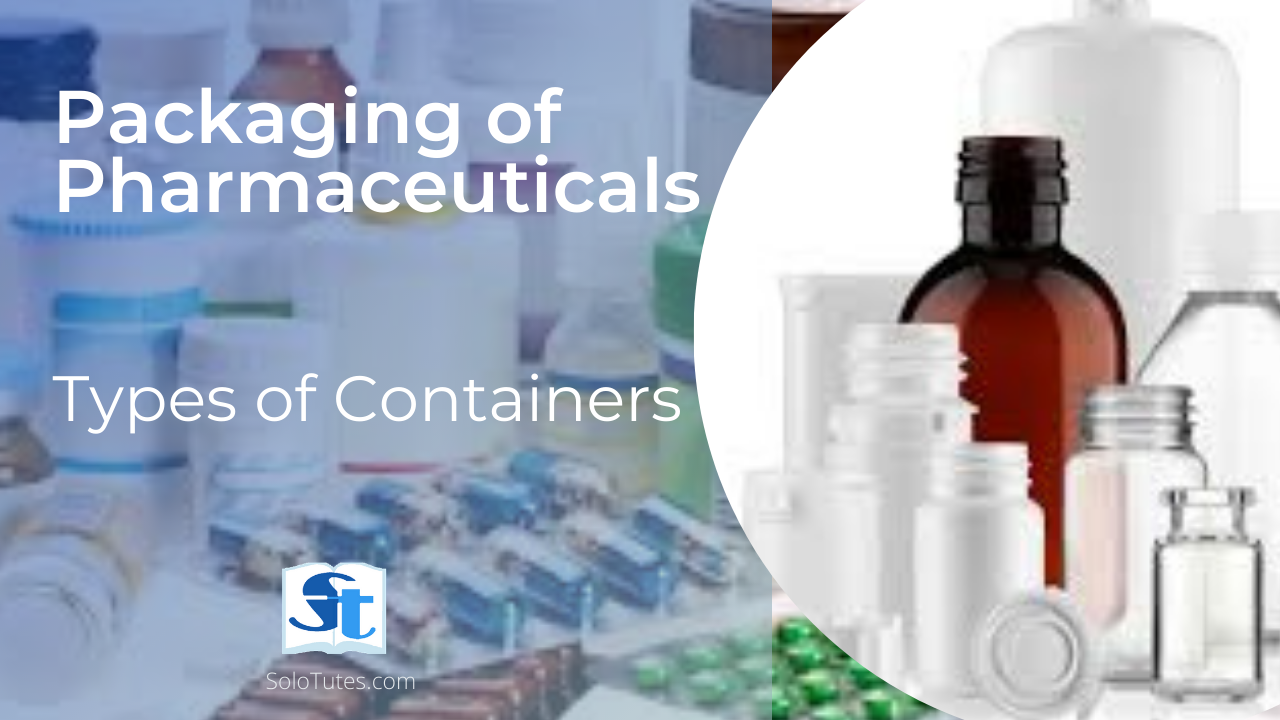







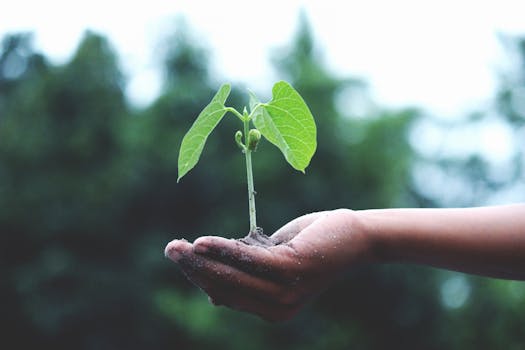





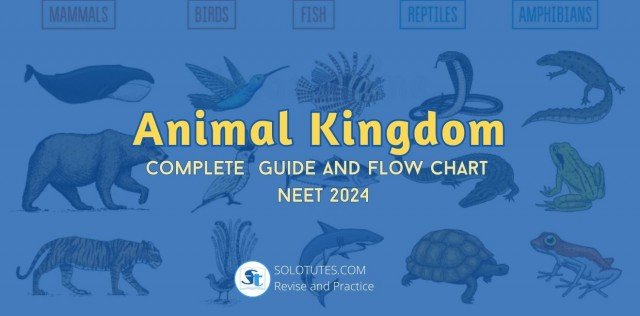
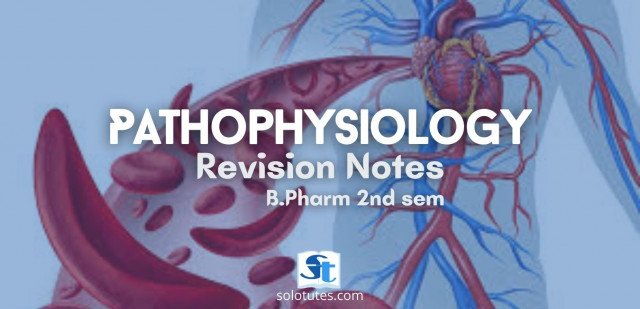



.jpg)
.png)

